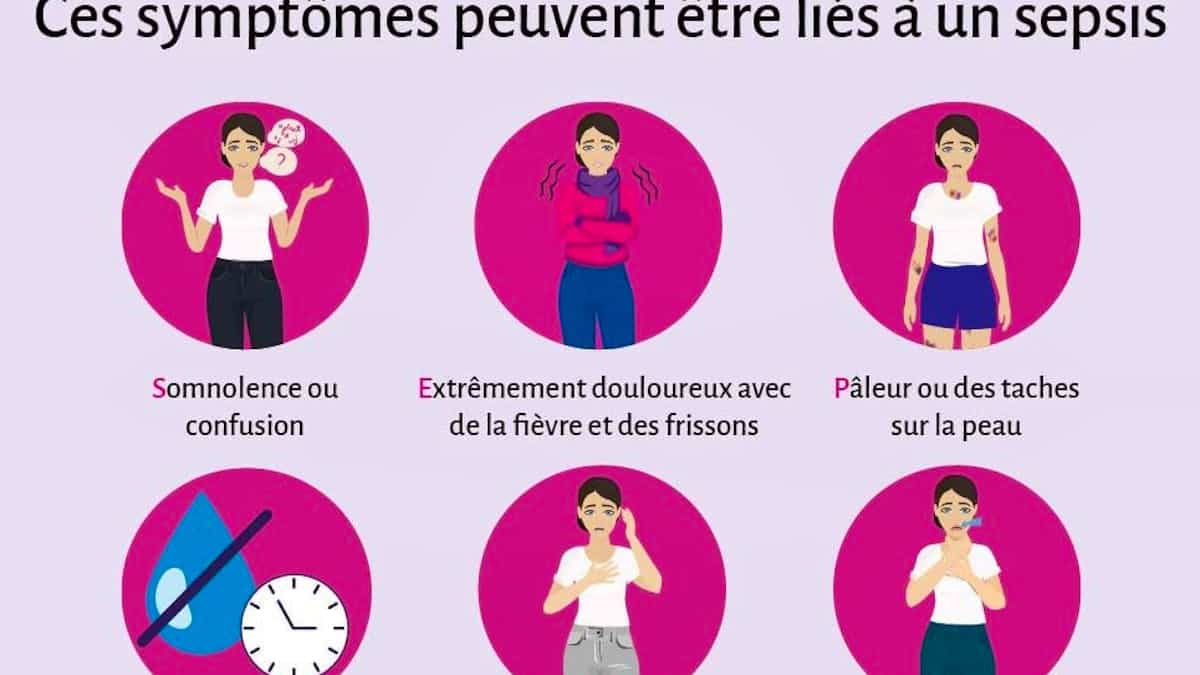Each year, Swiss acute care hospitals support more than 20,000 patients for sepsis. About 4000 die during their stay, one in five people. SEPSIS is a reaction beyond the body control to an infection, which damages vital organs. It is a medical emergency as serious and frequent as the stroke (stroke) or infarction.
These figures come from a scientific report on sepsis cases in Switzerland, which appears this September 11 as part of the national sepsis program, funded by the Federal Quality Commission (CFQ). This report was published on the occasion of World Day against SEPSIS on September 13.
2025, the Swiss program against sepsis (Swiss SEPSIS Program) publishes a report on the number of cases in Switzerland and the corresponding costs for the health system and the company. Based on the medical statistics of hospitals in the Federal Statistics Office, this study examines the number of cases, the burden of morbidity and direct costs. Analysis is the fruit of collaboration between professionals from the university pediatric hospital in Zurich and research teams for Lausanne and Basel universities.
Elderly and affected infants
Among hospitalized people, all age groups are affected, and in particular infants and the elderly. The elderly represent more than two thirds of cases. It is much rarer in children (around 600 cases per year), and most cases concern children under the age of five and newborns.
SEPSIS can cause organ failures, shock, even death. The figures have not decreased in recent years. We can also reasonably consider that not all cases are detected and recorded and that all those affected are not taken care of in the hospital. As the statistic does not include these cases, the authors of the study believe that the burden of morbidity in Switzerland could be much greater.
“The dangers of the sepsis remain underestimated,” says DRE Nora Lüthi, the first author of the report and program director with Professor Schlapbach, chief doctor at the intensive care of the university pediatric hospital in Zurich. If in medium, almost 20% of hospitalized patients die in the hospital, at an advanced age or in the event of a septic shock, mortality is still much higher. Despite therapeutic progress in recent years, the number of deaths remains stable. By way of comparison, the infarction and stroke lead each year around 19,000 and 22,000 hospitalizations respectively and some 2,500 deaths each. Mortality remains high after hospitalization: approximately a third of elderly patients die in the year following their admission to the hospital.
A cost of more than a billion € per year
SEPSIS represents a great challenge for the Swiss health system. About 40% of cases diagnosed in hospital require treatment with intensive care. The average costs of a case amount to 50,000 € depending on the report. With 20,000 cases per year, direct hospital costs therefore reach one billion per year nationally. It is estimated that this double figure if we include rehabilitation, monitoring and treatment of long -term complications for the following three years. In addition, the report does not take into account the late consequences on the physical and mental health of the people concerned and their loved ones, who can last for years and cause indirect costs, even a loss of job.
“The calculations are clear: sepsis represents a great threat and costs society a lot. The health system must urgently give more importance to detection, processing and monitoring, ”says Luregn Schlapbach.
National coordination is missing
The Swiss sepsis program will play a big role in this regard in the coming years. Responsible hospital teams wish to improve the situation by organizing an awareness campaign, defining clinical standards, organizing training modules, by holding a dedicated register and setting up a group of people concerned.
The program, funded by the CFQ, is under the responsibility of the CHUV in Lausanne, the island hospital in Bern and the university pediatric hospital in Zurich. It focuses on early detection, treatment and monitoring of sepsis. “Switzerland also lacks a national sepsis research coordination, so that research results influence treatments more quickly,” concludes Luregn Schlapbach.
The Swiss program against sepsis (Swiss SEPSIS Program) is placed under the joint responsibility of the university pediatric hospital in Zurich, the island hospital (Bern) and the CHUV (Lausanne). Funded by the Federal Commission for Quality and launched in 2023 as part of the Swiss National Action Plan Sepsis, it started in 2024 and will continue until December 2028.
Additional information: www.sepsis.ch

